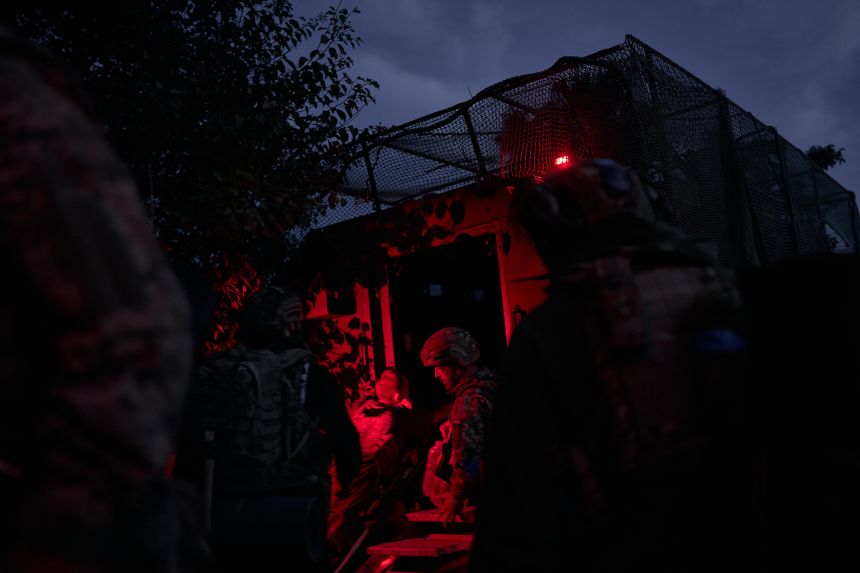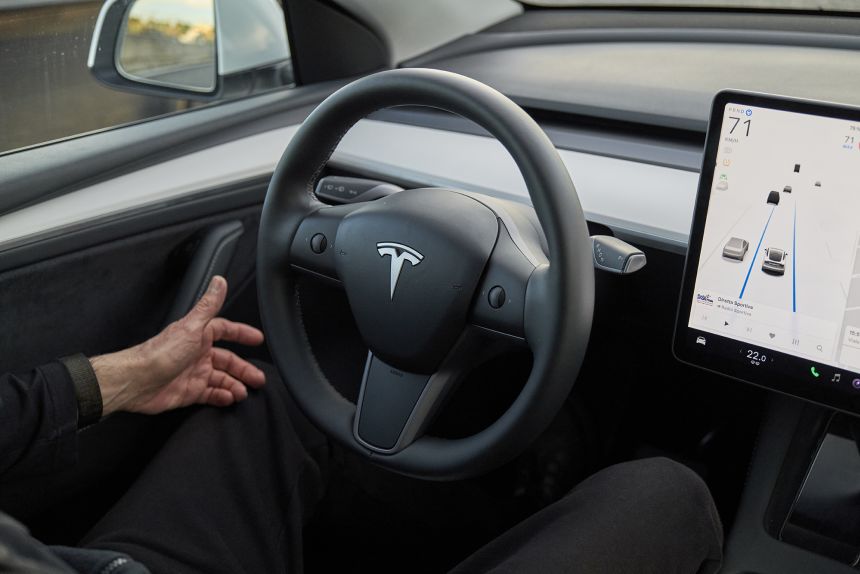Vladimir Putin started it. Joe Biden didn’t stop it. But, no matter his efforts to the contrary, this is the week in which Russia’s invasion of Ukraine becomes US President Donald Trump’s war.
The most powerful office in the world doesn’t always invite choices. Trump is mandated to address the biggest conflict in Europe since World War II because the United States was involved, under his predecessor, as Ukraine’s key ally and sponsor.
Trump could have dropped the war entirely. But instead, he chose to impose the force of his personality, initially through the idea he could end it in 24 hours, or a revised deadline of 100 days. Then he tried to navigate its personalities, cozying up to the Russian president initially, echoing his narratives and then berating Ukrainian President Volodymyr Zelensky publicly in the Oval Office.
He hit his NATO allies hard, demanding they pay more for Europe’s defense, which they did. And then the hard slog of diplomacy sputtered into gear, ultimately yielding very little.
But it is in the last fortnight that Trump’s decisions – and realizations – have turned this into a problem he now owns. He has seen Putin does not want peace. He has seen Ukraine urgently needs arms, and he tried to help, albeit in a lackluster way. He made the remarkable choice of responding to the usually dismissed nuclear saber-rattling of former Russian President Dmitry Medvedev, with harder nuclear threats about positioning US nuclear submarines closer to Russia. The US went from pausing military aid to Ukraine to threatening nuclear force against Russia in less than a month.
Continue reading the complete article on the original source



